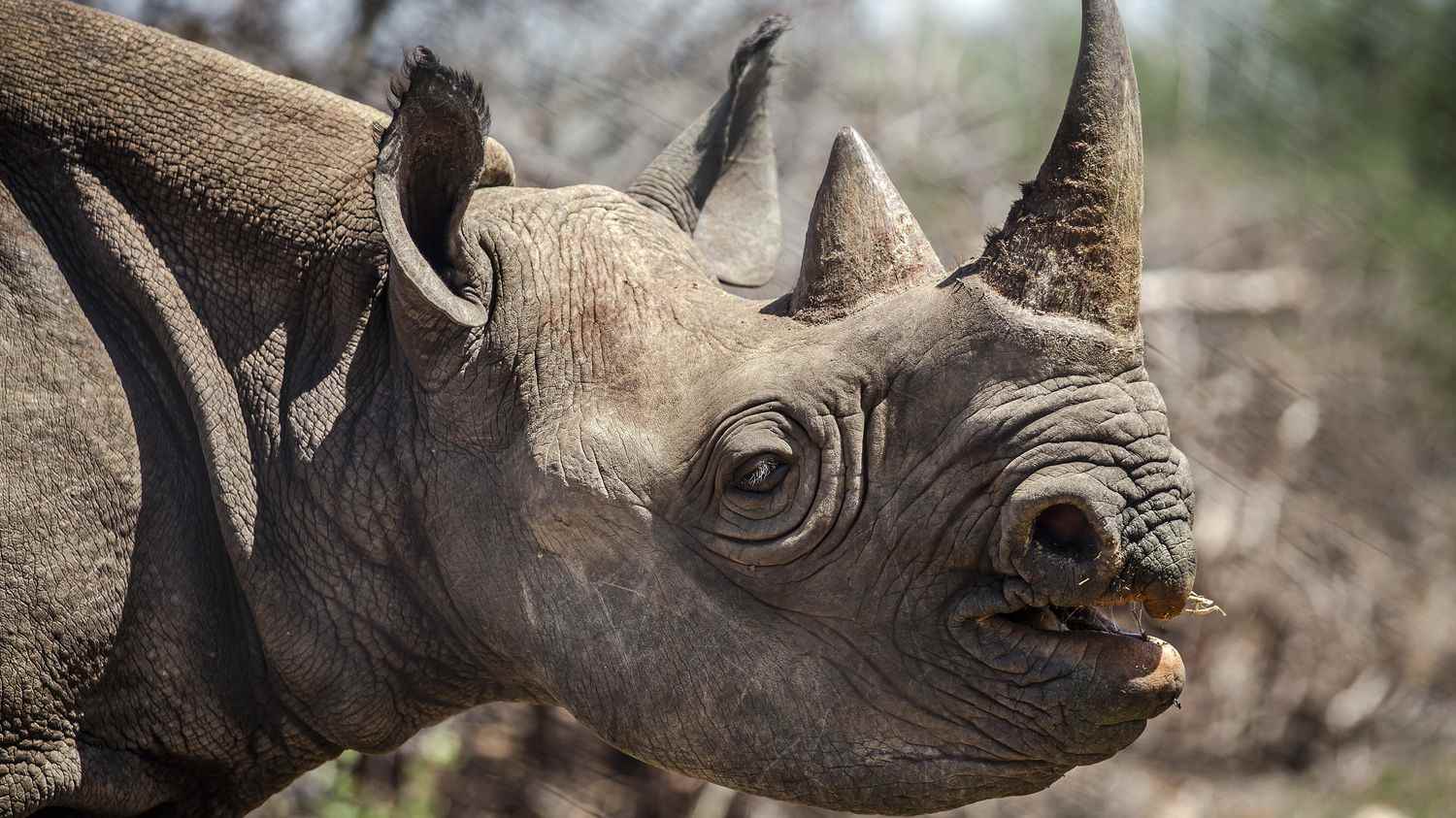A study by the University of Cambridge shows it: a shrinkage due to hunting because these animals are unfortunately killed for their horns.
Article written by
Posted
Update
Reading time : 1 min.
To find that rhinoceros horns have shrunk, British researchers compared more than 100 years of photos of rhinos, taken in profile. Their base initially included more than 1,000 photos: they selected those of 80 different rhinos to compare the evolution of the size of the horns on the muzzle and that of the other parts of the body since 1886. Result between the photos of there at 100 years old and those of today: the length of the horns has greatly decreased for five of the rhinoceros species living on earth. And even in Javan and Sumatran rhinos, which naturally have smaller horns. One of the explanations of these researchers is that this shrinkage is due to the pressure of hunting because, for more than a century, these animals have unfortunately been killed for their horns, certain beliefs lending them pseudo powers over health.
>> Kenya: how black rhinos are protected from poaching
Rhinos did not consciously shrink their horns to avoid being hunted. But it is the result of an indirect genetic selection, and it is despite everything, a form of adaptation of the species. Because, for a century, the rhinos with the longest horns have been victims of poaching, and reproduce less and less, explain these Cambridge researchers. At the same time, hunters left short-horned rhinos more chances of survival, and these were able to pass on these physical characteristics to their descendants. This contributed to an overall reduction in horn size for all species.
Another lesson from this survey: the other parts of the body have not evolved. Only the horns have shrunk. And that’s not good news for free-roaming animals, because those horns obviously have a use. Rhinos (which are herbivores) use them to grab food or to defend themselves against predators and having smaller horns can be detrimental to their survival.
All this while at the same time these animals remain threatened by hunting, despite the bans. Today, four of the five rhinoceros species living in Africa and Asia are endangered.
